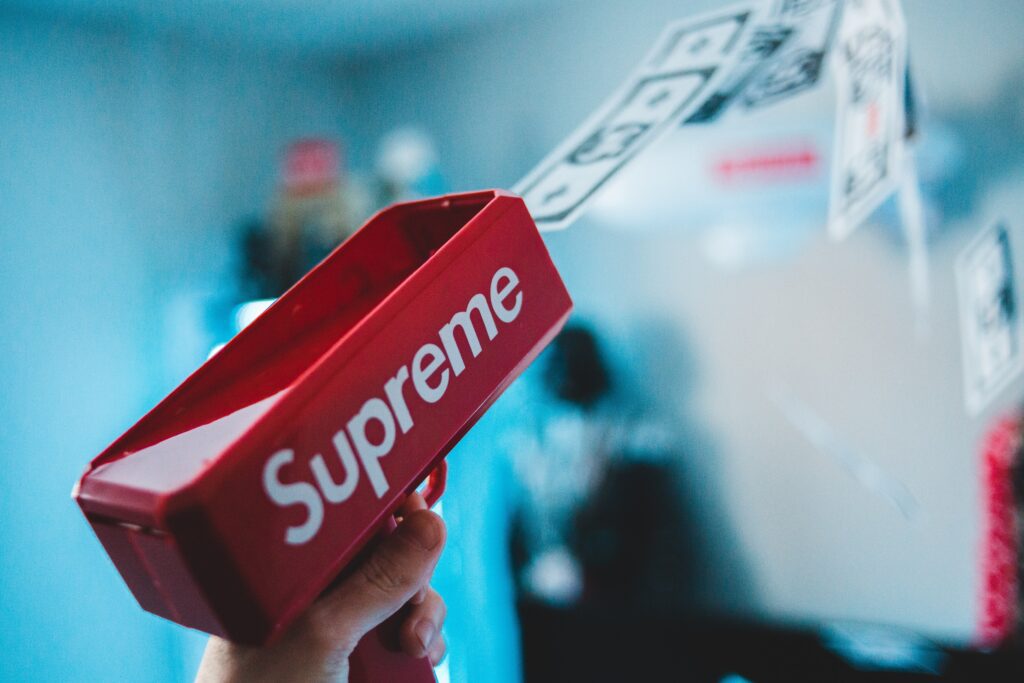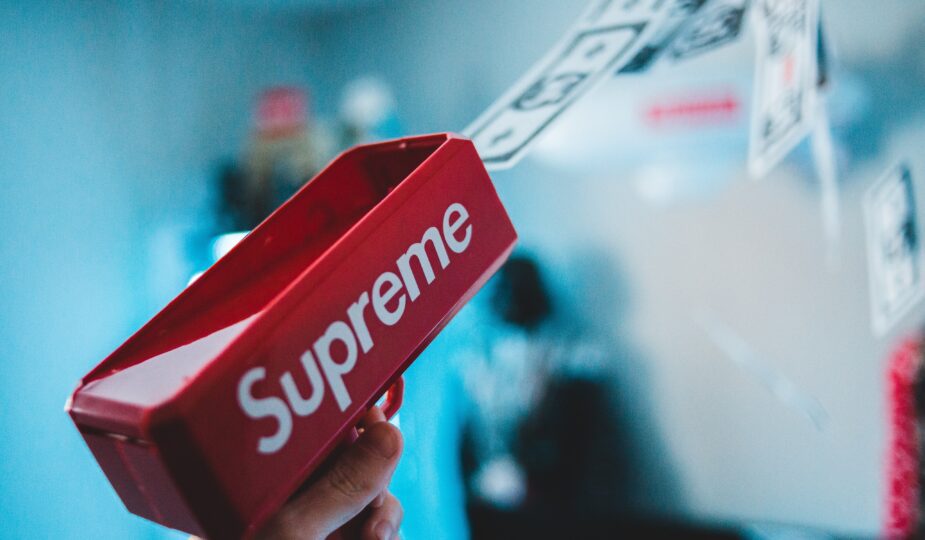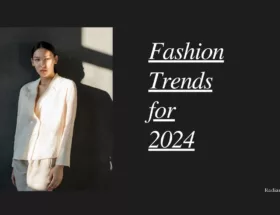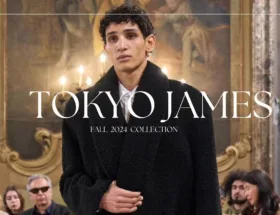
Supreme, a New York-based streetwear brand, has garnered immense popularity and a dedicated following over the past two decades. Known for its limited releases, artist collaborations, and iconic box logo, Supreme has evolved from a skateboarding store to a billion-dollar streetwear empire. This article explores the reasons behind Supreme’s high prices and the factors that contribute to its enduring appeal among fans.
The Authenticity and Subculture of Supreme:
Founded by James Jebbia in 1994, Supreme began as a skateboarding store catering to the emerging streetwear scene. Its limited releases and skate-centric image set it apart from other brands and attracted a devoted fanbase. Supreme’s appropriation of pop-cultural imagery and logos, although controversial, contributed to its appeal, blurring the line between fashion brand and contemporary art.
Limited Supply and High Demand:
Supreme’s items are intentionally difficult to obtain, with limited product releases and strict purchasing procedures. Customers must enter their details on the Supreme website, and if selected, they are notified to stand in line at a specific store location. The limited quantities and one-limit-per-style rule create a sense of exclusivity and fuel the demand for Supreme products. This scarcity drives up prices in both the retail and resale markets.
The Power of Recognizability and Brand Image:
Supreme’s iconic box logo, inspired by artist Barbara Kruger’s work, has become synonymous with the brand’s identity. Its bold and easily recognizable design has helped Supreme establish itself as a powerful brand. Despite Supreme’s deliberate detachment from status symbols, its logo stands out and creates an identifiable association for consumers.
The Role of Influencers and Collaborations:
Supreme’s collaborations with influential figures and artists have played a significant role in boosting its popularity. The brand’s partnerships with notable names, such as Kanye West and Tyler, the Creator, have created a “hype effect,” increasing the desirability and resale value of specific Supreme items. These collaborations generate immense buzz and attract a broader audience beyond traditional streetwear enthusiasts.
The Resale Market and Investment Potential:
Supreme’s limited releases and high demand have turned the resale market into a lucrative opportunity for collectors and resellers. Certain Supreme items can appreciate significantly in value, allowing individuals to make substantial profits. Resellers often rely on their personal preferences, market research, and insights from social media platforms to identify the most sought-after items with the highest resale potential.
Supreme’s Ever-Present Cool Factor:
Despite its expansion and business developments, Supreme has managed to retain its alternative and exclusive image. The brand’s ability to maintain its core skateboarding identity while appealing to a broader audience is a testament to its marketing prowess. Although Supreme sold a stake to a private equity firm, it has successfully preserved its authenticity and retained a loyal following.









